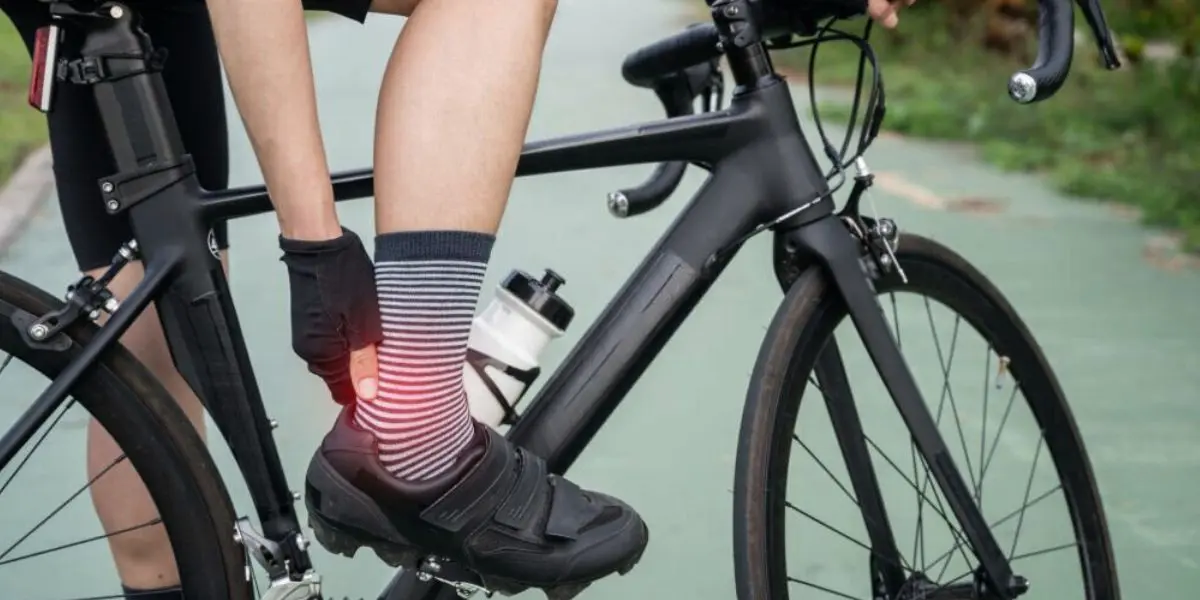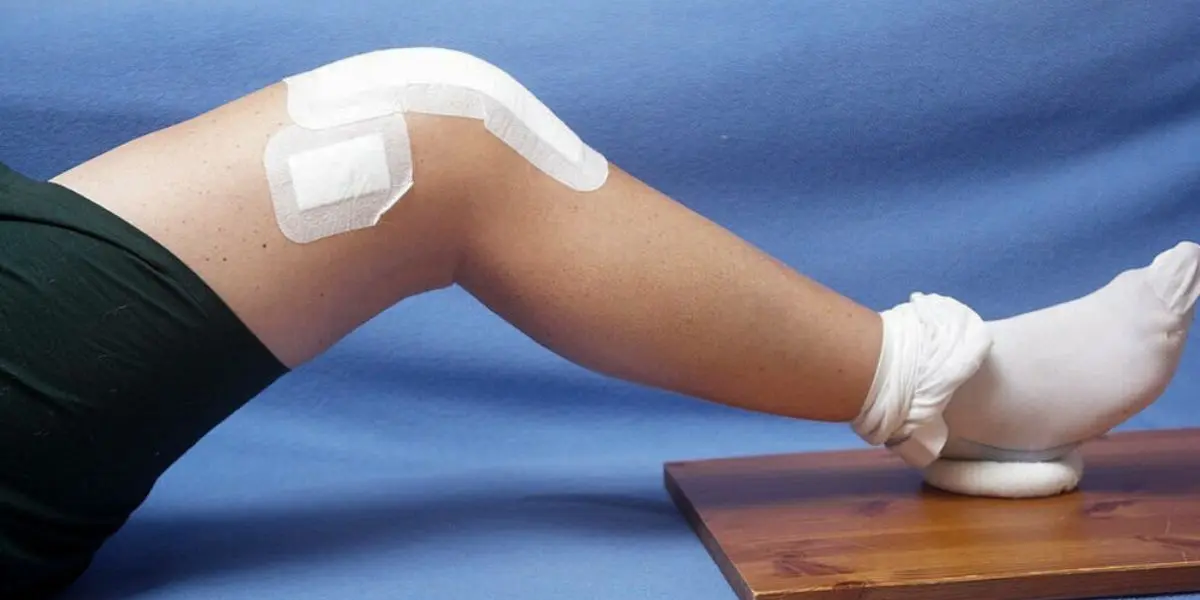Do you hear unusual popping or crackling sounds in your joints, such as knuckles or knees? It may be due to a medical condition, termed joint crepitus. People who ‘often’ or ‘always’ experienced noisy knees were about three times more prone to develop the symptoms associated with knee arthritis unlike those who never had crepitus. In this article, we take you through what causes joint crepitus and the top tips to reduce joint crepitus.
What Is Crepitus?
Crepitus, also known as crepitation is related to any crushing, cracking, screeching, grating, popping, or crunching that one may experience while moving a joint. To keep it simple, crepitus is a sound that is generated as a result of two surfaces rubbing together. However, sometimes it happens due to the sound of trapped air. Though one can be affected by crepitus at any age, the frequency will increase as they age.
What Causes Joint Crepitus?
The two main causes of joint crepitus are:
- Joint Damage, and
- Joint inflammation or injury
💠 Joint Damage
When the rough surfaces of two joints rub together, it can lead to crepitus. To explain, your cartilage and bone will grate against each other physically. If you are experiencing pain, then it is typically related to advanced joint damage.
Osteoarthritis is one of the common types of arthritis that causes crepitus. Crepitus may also occur with other forms of arthritis such as rheumatoid arthritis, gout, psoriatic arthritis, and juvenile idiopathic arthritis.

💠 Joint Inflammation Or Injury
The other main cause of crepitus is inflammation or injury caused to the structures around a joint. People generally experience pain and restricted movement in this condition. Some of the common ailments associated with joint inflammation or injury are
- Bursitis
- Temporomandibular joint disorders (TMJ)
- Tenosynovitis
- Triangular fibrocartilage complex (TFCC)
- Rotator cuff tears
- Patellofemoral pain syndrome (PFPS)
- Discoid lateral meniscus
Treatment Of Joint Crepitus
Depending on the diagnosis, treatment for the conditions that cause joint crepitus will also vary. For example, in the case of mild joint inflammation, basic interventions may prove to be effective. However, complicated surgery may be required in the case of a serious condition.
Tips To Reduce Joint Crepitus
In the case of joint disorders, the following treatment methods are generally adopted.
- Ice application – In the case of acute injuries, applying ice directly to the affected area is generally found to be effective. It helps reduce inflammation that causes crepitus.
- Non-steroidal anti-inflammatory drugs (NSAIDs) – If it’s a case of mild to moderate inflammation and pain, NSAIDs are used to get relief from the pain.
- Steroid injections – Treatment of severely inflamed joints involves steroid injections. They are injected directly into the joint to reduce inflammation.
- Antibiotics – One of the causes of joint inflammation is infection that is generally bacterial. A short course of antibiotics has proved to be effective in such cases.
Noninvasive Treatments For Crepitus
Some of the noninvasive treatments for crepitus involve:
- Bracing or splinting – A brace or splint is used by doctors to align the knee, shoulder, or elbow. This aids in healing the injury.
- Physical therapy – Depending on the condition of crepitus, the patient undergoes physical therapy in certain cases.
- Custom orthotics – Under this treatment method, a special shoe insert is used to stabilize the foot and knee. It offers relief from pain and also helps one stay active.
Surgical Treatments For Crepitus

For some patients suffering from crepitus, the only option left will be surgery. Some of the common surgeries are:
- Arthroscopic surgery – A minimally invasive surgery, arthroscopy is performed by inserting small instruments through small incisions that aid in accessing the joint.
- Debridement – Debridement is another kind of minimally invasive surgery. As part of this surgery, the surgeon will smooth damaged cartilage so that rubbing is reduced.
- Joint replacement – If it’s a case of advanced arthritis or joint damage, a joint replacement is best recommended. In joint replacement surgery, an artificial joint is implanted in the place of a damaged joint.
Conclusion
Hope the article provides valuable information about what causes joint crepitus. However, if the pain persists even after applying ice and NSAIDs, it is quite important to seek medical advice.